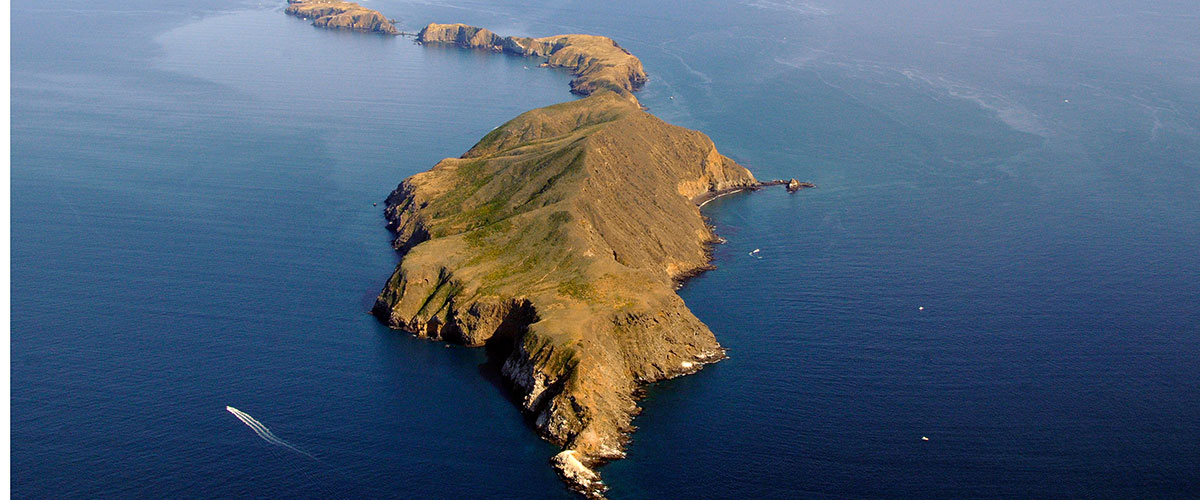Socioeconomic Impacts of Marine Reserves

The Channel Islands National Marine Sanctuary and the California Department of Fish and Game developed a joint state and federal process to consider marine reserves in the Channel Islands National Marine Sanctuary. This process stemmed from a shared concern for sustaining California's marine resources, as well as areas of overlapping and complimentary jurisdiction. The process was based on both extensive stakeholder input and the best available science.
Background
he process originated with the Channel Islands National Marine Sanctuary Advisory Council (SAC). The development of a Marine Reserve Working Group (MRWG), under SAC oversight, permitted the involvement of additional experts and community members not on the SAC. It also utilized the best available science and engaged the general public in the process. A Science Panel and Socioeconomic Panel were created to advise the MRWG. Bob Leeworthy, formerly Leader of the Coastal and Ocean Resource Economics Program (CORE) and now Chief Economist for the Office of National Marine Sanctuaries, was asked to lead the Socioeconomics Panel. For additional background and history, click here.
Commercial Fishing
For the commercial fisheries, 14 species/species groups were included in addition to kelp. The 14 species/species groups accounted for 99.5 percent of the 1999 ex vessel value of commercial catch from the Channel Islands National Marine Sanctuary. A fishermen's' data committee (FDC) was formed to protect the proprietary aspects of the data and provide guidance on acceptable data to release to the public. The FDC would not approve the public release of any maps showing commercial fishing distributions. Exceptions were granted for squid, wetfish, tuna and kelp. Maps were made available to the MRWG in closed sessions and CORE economists had full access to all the maps and data for analysis.
Recreation
For the recreation industry, use was measured in person-days of activity for purposes of mapping. Recreation was divided into consumptive and nonconsumptive activities. Consumptive activities included charter/party boat fishing, charter/party boat consumptive diving, private boat fishing, and private boat diving. Nonconsumptive recreation was limited to operations for-hire since there were no known data sources for private household use. Nonconsumptive recreation included whale watching, nonconsumptive diving, sailing, and kayaking/island sightseeing.
Reports
CINMS, after consultation with the Pacific Fishery Management Council, asked CORE economists to evaluate three alternatives in the process to extend the MPA status to Federal waters. Analysis was conducted by three jurisdictions; 1) Federal waters within CINMS boundaries, 2) additional state waters within CINMS boundaries, and 3) existing state marine protected areas. Existing state marine protected areas were included to account for cumulative impacts.
Download the Socioeconomic Impact Analysis of Marine Reserve Alternatives (2005)
Data and Documentation (CD-ROM)
Access to the data and documentation is available to the public.
Originally CORE economists were asked to evaluate five alternatives. This report was dated April 29, 2002. This report was reviewed by the Science and Statistical Committee (SSC) for the Pacific Fishery Management Council. Based on comments received, on April 8, 2003, the main analysis report was revised. The errata link below provides a description of the revisions, as well as the pages from the report that changed. The report includes all of the revisions, as well as the description section of the errata document, which may be found just before the table of contents. The analysis found in this report was used by the State of California in their regulatory process in creating the state waters portions of the marine protected areas which went into effect July 2003.
Download the Socioeconomic Impact Analysis of Marine Reserve Alternatives

